Your Hawaii Home Insurance Rates Have Probably Gone Up. Here’s Why.
The reasons are numerous, including rising construction costs, leaking pipes and Florida’s Hurricane Ian. But there are ways to reduce your premiums.
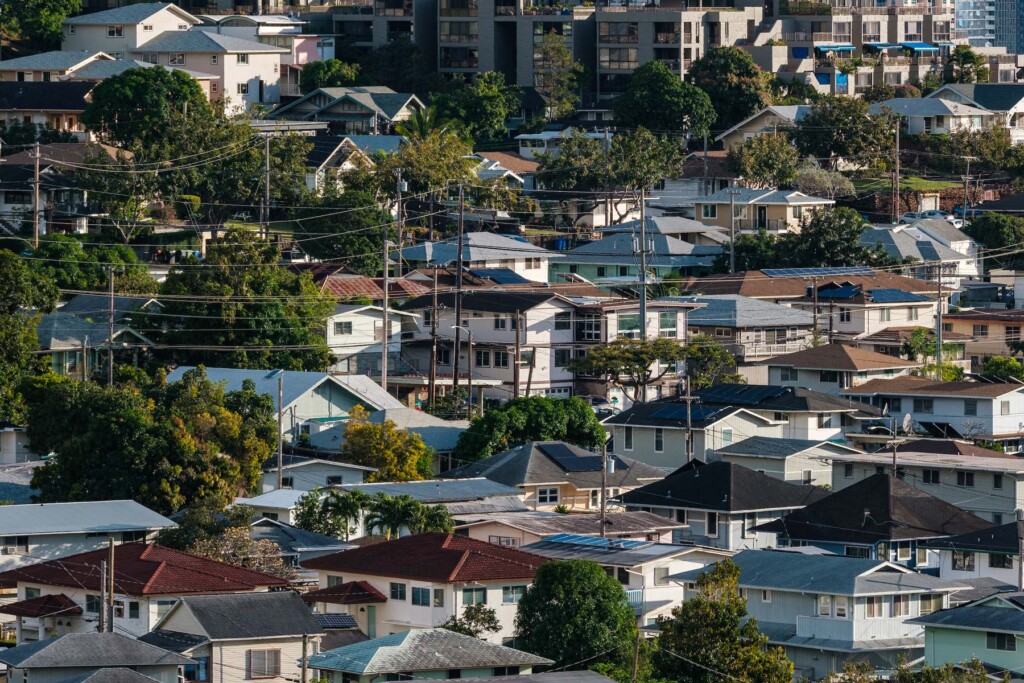
Denise Fleming got a shock while going through her mail after a three-week vacation: The price for the homeowners insurance on her single-family home in Kailua had gone up nearly $300 from last year, a 37% increase.
Her insurance agent blamed the increase on the higher cost of construction materials.
She is one of many Hawaiʻi homeowners paying double-digit increases on the costs of insuring their houses and condominiums. Other homeowners find their longtime carriers refusing to renew because of their roof’s age, while many condominium owners have to double or triple their insurance coverage to meet their associations’ new requirements.
Homeowners insurance protects your house or condo plus everything in it, plus adjacent buildings such as carports and garages, if they are damaged or destroyed in a fire or other covered event. The policy also protects against theft and other problems. When the National Weather Service issues a hurricane warning for your area, your hurricane policy takes effect.
Homeowners and hurricane insurance are not mandated by the state or county governments in Hawaiʻi. But if you have a mortgage, your lender will require you to insure the property.
The Higher Cost to Rebuild
Higher prices for construction materials, driven by inflation and supply-chain disruptions for everything from lumber to steel that started during the Covid-19 pandemic, are a major factor pushing insurance rates up.
Todd Tamori, sales manager for personal lines at Atlas Insurance Agency in Honolulu, says people should reassess their coverage. With higher construction costs, a homeowner’s current coverage amount might not be enough to rebuild a home under today’s prices.
“Your insurance has to follow because what it costs to repair or rebuild your home two years ago, it’s very different from what it is now with the cost of lumber, cost of copper and availability of materials.”

Jeff Grimmer, VP of Financial Operations & Treasurer, First Insurance Co. of Hawaii Ltd
Many claims for damage to a home can result in a full replacement, says Jeff Grimmer, VP of financial operations and treasurer at First Insurance Co. of Hawaii Ltd. And the cost to rebuild a home, regardless of how old it is, keeps pace with current costs.
“Obviously, you can’t replace an old roof with an old roof. You have to replace it with a new roof,” he says. “That’s why the limits will typically go up over time even though the value, so to speak, of the structure may stay constant or go down over time.”
Global Markets for Reinsurance
Another factor for higher rates is the global market for reinsurance – the insurance that regular insurance companies pay to share their risk. For instance, global property-catastrophe prices increased 37% on Jan. 1, compared with a 9% increase the previous year, according to figures from Howden Broking Group Ltd., a global insurance broker.
So even though Hawaiʻi hasn’t had a major hurricane since Iniki devastated Kauaʻi in 1992, storms and other catastrophes that strike anywhere else in the world impact what homeowners here pay for insurance.
Hurricane Ian, which hit Florida’s west coast in September as a Category 4 storm, caused $112.9 billion in damage in the U.S. alone, which made it the third-costliest hurricane in U.S. history, according to a report last month by the National Hurricane Center. Disasters such as the earthquake in Syria and Turkey put further pressure on the global reinsurance market.
While reinsurance companies are raising their rates anywhere from 30% to 50%, some carriers, like First Insurance Co. of Hawaii, are keeping increases closer to 10%, FICOH’s Grimmer says.
“In the short run, the reinsurance companies can adjust their prices a lot more quickly than we can,” he says. “We have to put together a full rate filing and submit it to the state of Hawaiʻi and they have to approve it.”
Grimmer says the cost of reinsurance is only about 20% to 25% of FICOH’s total costs, so rate increases or decreases are factored over time.
“We’re much closer to our customer,” he says. “We want to make it smoother and avoid the big ups and downs that these reinsurers will see.”
Some of the reinsurance increases may also show up in hurricane insurance policies, which are nearly always separate from traditional homeowners policies in Hawaiʻi.
“The bigger effect we’re seeing is on the catastrophe insurance, hurricane insurance, because of the cost of the reinsurance for those policies, so people may see a bigger percentage increase on their hurricane insurance than their homeowners policy,” Tamori says.
Water Woes In Condos
Many condo owners find they have to increase their insurance coverage to cover the higher deductible for their condo association’s master policy. One building’s deductible more than tripled.
“The frequency of water losses is what’s driving these deductibles higher,” Tamori says. “Buildings are aging and the plumbing has never been redone.”
Honolulu especially has many condos that were built in the 1960s and ’70s. Leaks from one unit can damage other apartments below. And it’s not just the old buildings.

Todd Tamori, Sales Manager – Personal Lines, Atlas Insurance Agency
“There’s one building in particular,” says Tamori, declining to name the property. “It’s a newer building and had a significant water loss that affected, I think, from more than 10 floors up, down to the lobby.”
He says the insurance for that building’s condo association now has a $250,000 deductible. That means individual homeowners must be insured for at least that amount in case they have to pay for damage to their apartments and other apartments if their pipes or water heaters leak or burst.
“If I live in a condo, I have a water leak in my room damaging my unit, leaking down to the units around me, I may be assessed that building deductible,” Tamori says.
He says that while a condo building may once have had a deductible of $25,000, it’s more common now to see $50,000, $75,000, $100,000 or even $250,000 like the example above. If you don’t have your own insurance, and your pipes cause that kind of damage, you will have to pay the cost out of pocket.
Gordon Ito started his second term as state insurance commissioner in January, after previously serving from 2010-18. He says the state has noticed an uptick in frequency and severity of water losses in aging condo buildings in the past two or three years.
The rising insurance rates are a concern for Ito’s department, which is charged with approving or rejecting rate increases. The Insurance Division’s website has guides for consumers to compare rates, including one for owners of single-family homes, one for condo owners and one for renters.
“We look at what are causing the rising rates. With insurance there are two factors, either frequency or severity or both,” he says. “In the case of the condos, we’re looking at what can we do to reduce frequency or severity of loss.”
While there is a base rate for the Hawaiʻi market, individual buildings can keep their rates down by being proactive with maintenance, Ito says.
“Their rates won’t be the same – the insurance company will rate each building as a separate risk,” Ito says.
What Consumers Can Do
While it’s up to condo associations to replace water-supply and waste pipes, Ito says, homeowners can reduce the chance of problems by replacing old water-supply hoses for toilets, sinks and washing machines, as well as valves and fixtures.
For single-family homes, especially single-wall homes, installing hurricane clips can mean discounts on a hurricane policy. Maintaining or replacing the roof can also help; Grimmer says FICOH wouldn’t deny a renewal to a customer because of a 20-year-old roof — some mainland carriers do that — but the carrier does give homeowners a credit on their policy when a new roof is installed.
“In other words, you’ll pay a lower price for your homeowners insurance when you put that new roof on, and then over time that credit will go down as as the roof ages,” Grimmer says.

Tom Roselli, GM & VP, HCA Consulting Group International
To prepare for hurricanes, and possibly get a discount on your premiums, cut plywood to create hurricane shutters, says Tom Roselli, GM and VP of HCA Consulting Group International, who started his career as a catastrophe claims adjuster before spending more than 20 years with insurance companies in Hawaiʻi and on the mainland.
“Then when the hurricane comes you board up your house. You can even go even more permanent with hurricane shutters,” he says.
He also advises homeowners to regularly paint their homes and to keep vegetation away from them. Also, he says, make sure rainwater drains away so it doesn’t pool around the house.
Plumbing and Wiring Also Crucial
Tamori says the main considerations for single-family homes are: When was the roof last replaced and when were the plumbing and electrical systems either redone or updated?
“We’re seeing a lot of generational turnover, where people my age are inheriting homes,” he says. “And they’re having difficulty finding insurance coverage because they don’t know when the plumbing system and electrical were redone. Or they were never redone because their parents were the original owner. Nothing ever went wrong with it, so it’s still the original system.”
A quick way to reduce insurance premiums is to raise your deductible, Roselli says.
“The higher your deductible, the more that you self-insure, the lower your premium,” he says.
Homeowners should also review coverage for the contents of their home – everything from personal belongings to the granite countertops installed during a kitchen renovation.
If your home is badly damaged, you may need to rent another home while repairs are done. Insurance can cover those living costs, but a lot of people either don’t have that coverage or have too little coverage for a rental of six months or more, Roselli says.
“That’s the biggest, most devastating thing after a loss when your home is unfit to live in,” he says. “You’ve got to come up with all these expenses out of pocket for you to maintain your normal standard of living.”
Many Owners Need Flood Insurance
Additionally, few people in Hawaiʻi carry flood insurance. Floods caused by rain or water from the ocean or a stream are not covered by homeowners insurance or hurricane insurance.
Lenders require flood insurance for homes in areas rated as high-risk flood zones, but there are many places in Hawaiʻi outside of those zones that can be impacted by heavy rains. A recent release from FICOH quoted a FEMA statistic that just 1 inch of water in a home can cause $25,000 in damage.
FICOH notes that only about 11,000 out of about 336,000 single-family homes in Hawaiʻi have flood insurance issued through the National Flood Insurance Program.
“If you want to have coverage as a result of the overflow of a body of water, water ponding in your yard that comes in through your walls, you need to have flood insurance,” Roselli says.
Most damage during a hurricane is caused by flooding, and that damage is not covered by a hurricane policy. The exception would be if the hurricane tore a hole in the roof or the walls and water came in, he says.
“If you leave your window open, and water flows in through your open window, it’s not covered because it’s not an opening that was created by the storm,” Roselli says.
“But once water makes contact with the ground, it becomes groundwater subject to the flood exclusions for surface water. Even if you’re in Kāhala and it rains 12 inches and your pool overflows and goes into your house, that’s flood, or surface water. So it doesn’t have to be a river that overflows or a dam that bursts or storm surge.”
Roselli says climate change will also increasingly drive insurance rates in Hawaiʻi.
“We’ve got king tides, erosion, storms are becoming more frequent, they’ve become stronger and, in addition to the climate change, the development runoff is a huge issue,” he says. “How we collect water and where that water goes is something that is factored in and needs to be factored into property damage moving forward.”

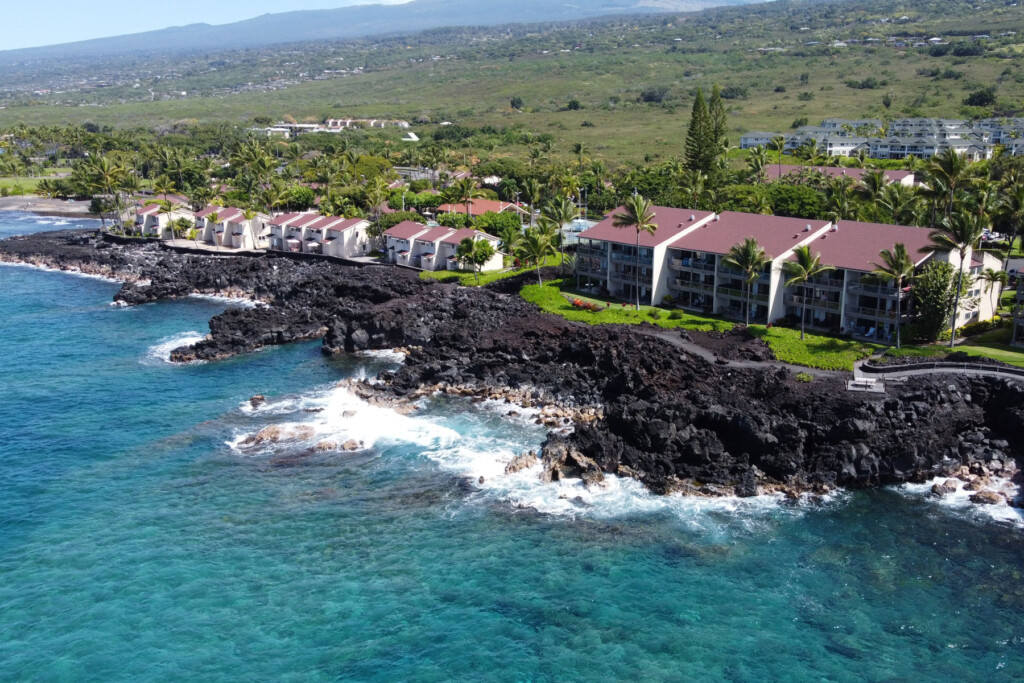
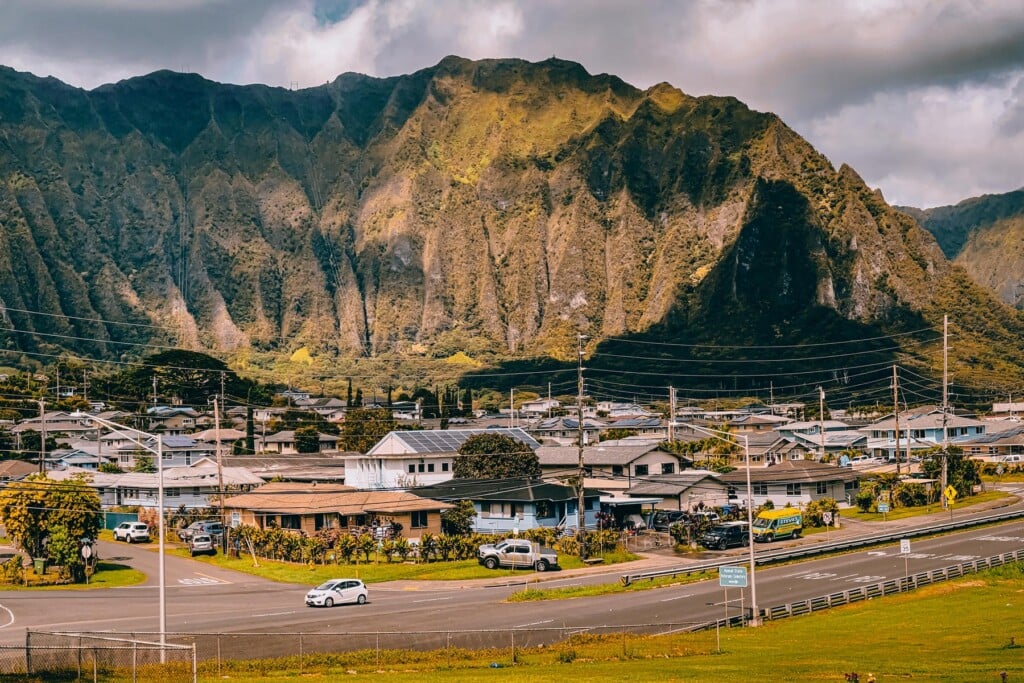
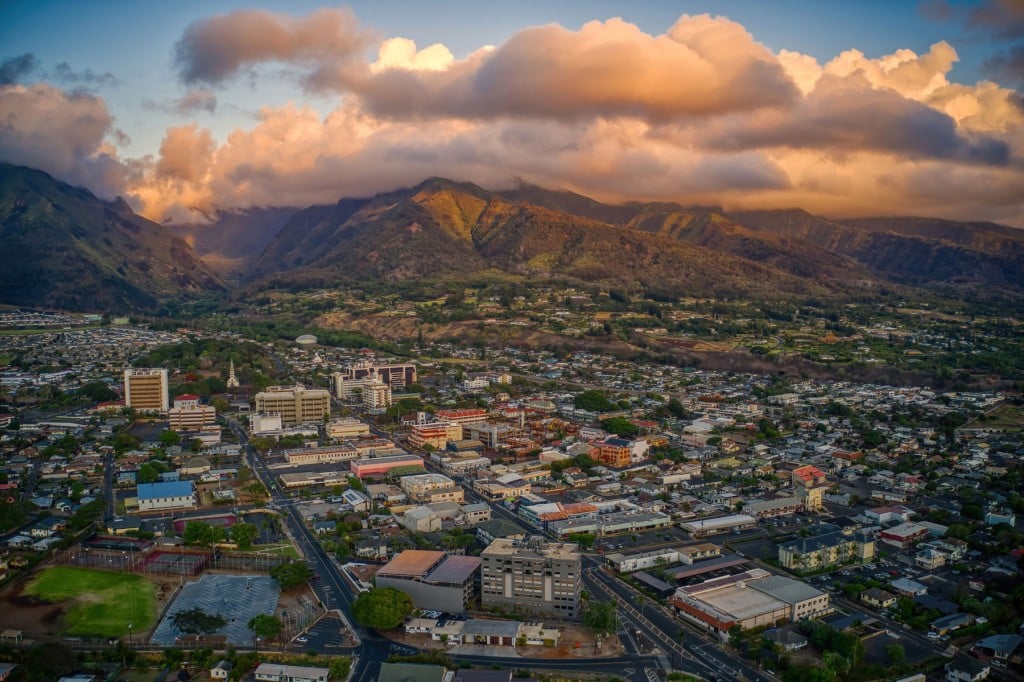

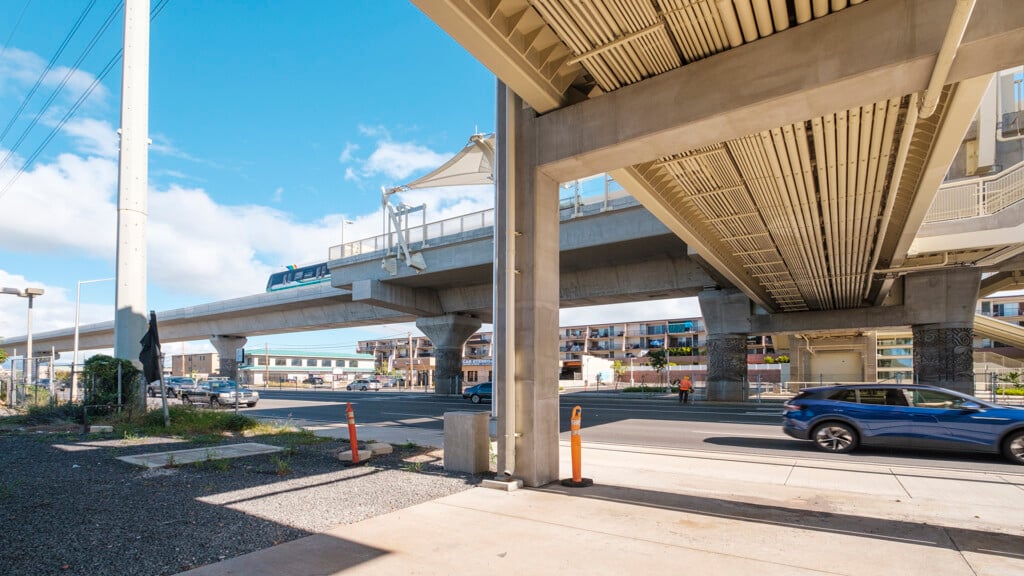



 are priceless and my caring is real.”
are priceless and my caring is real.”
 Call, text or send an email anytime and we will get back to you as soon as possible.
Call, text or send an email anytime and we will get back to you as soon as possible.